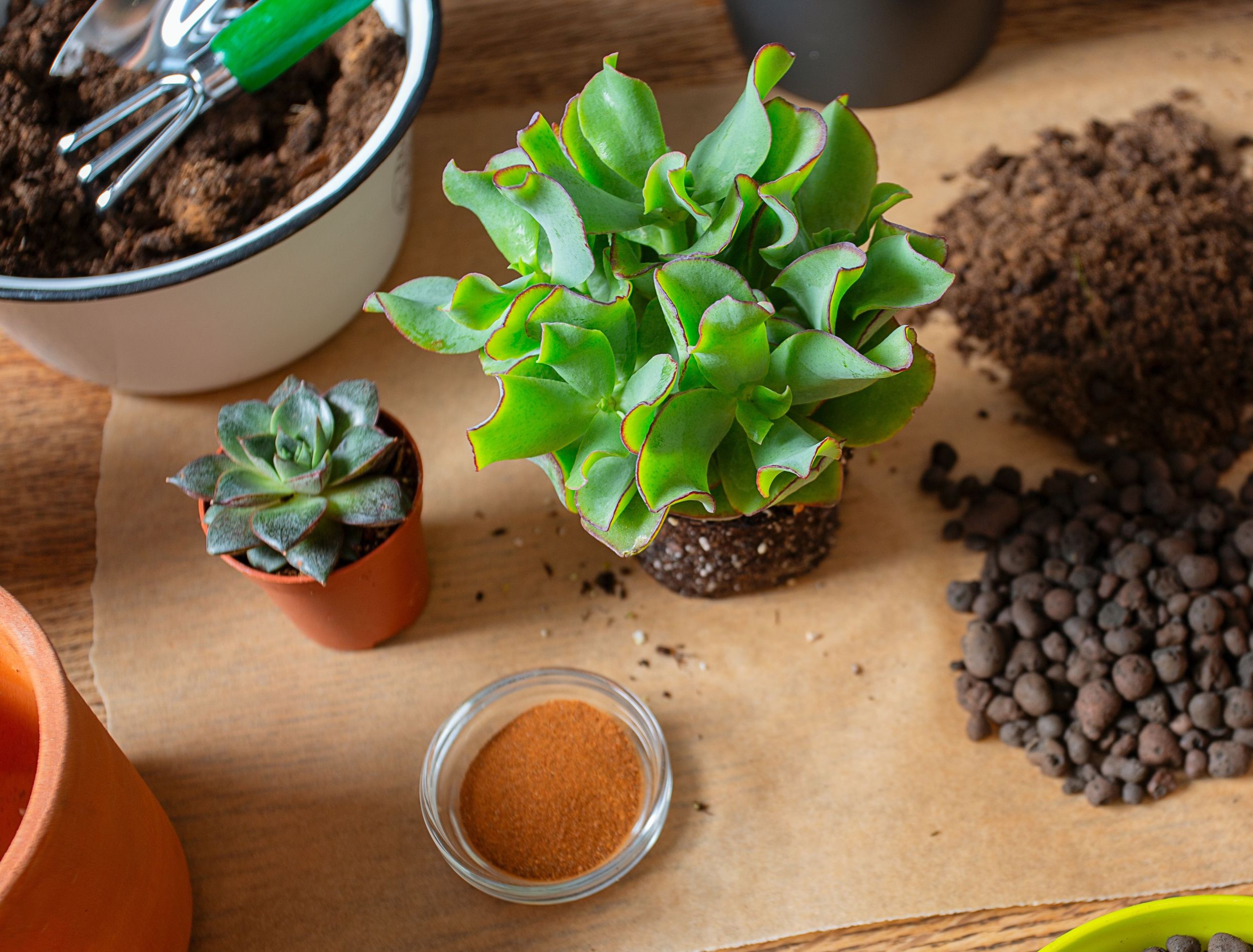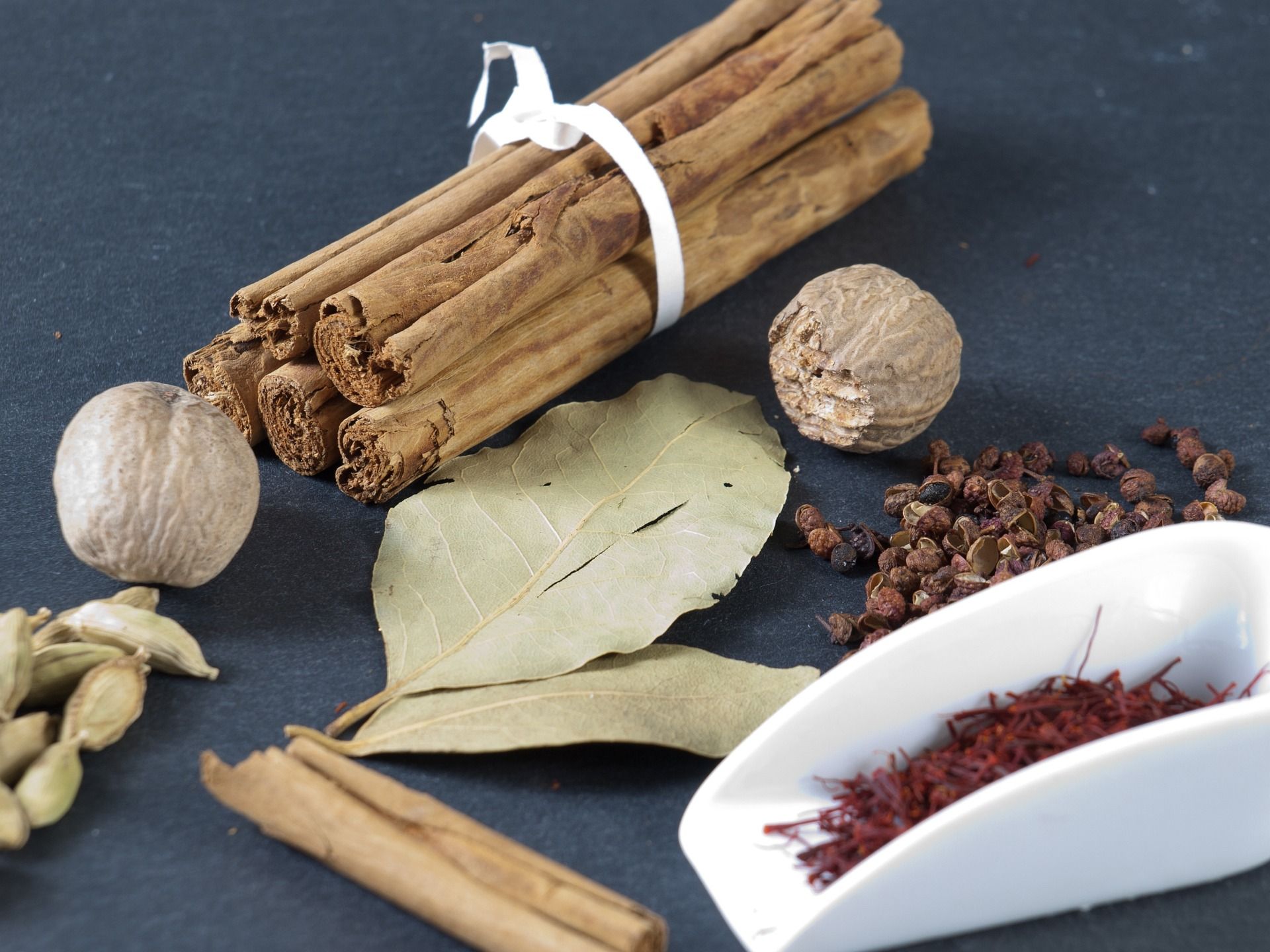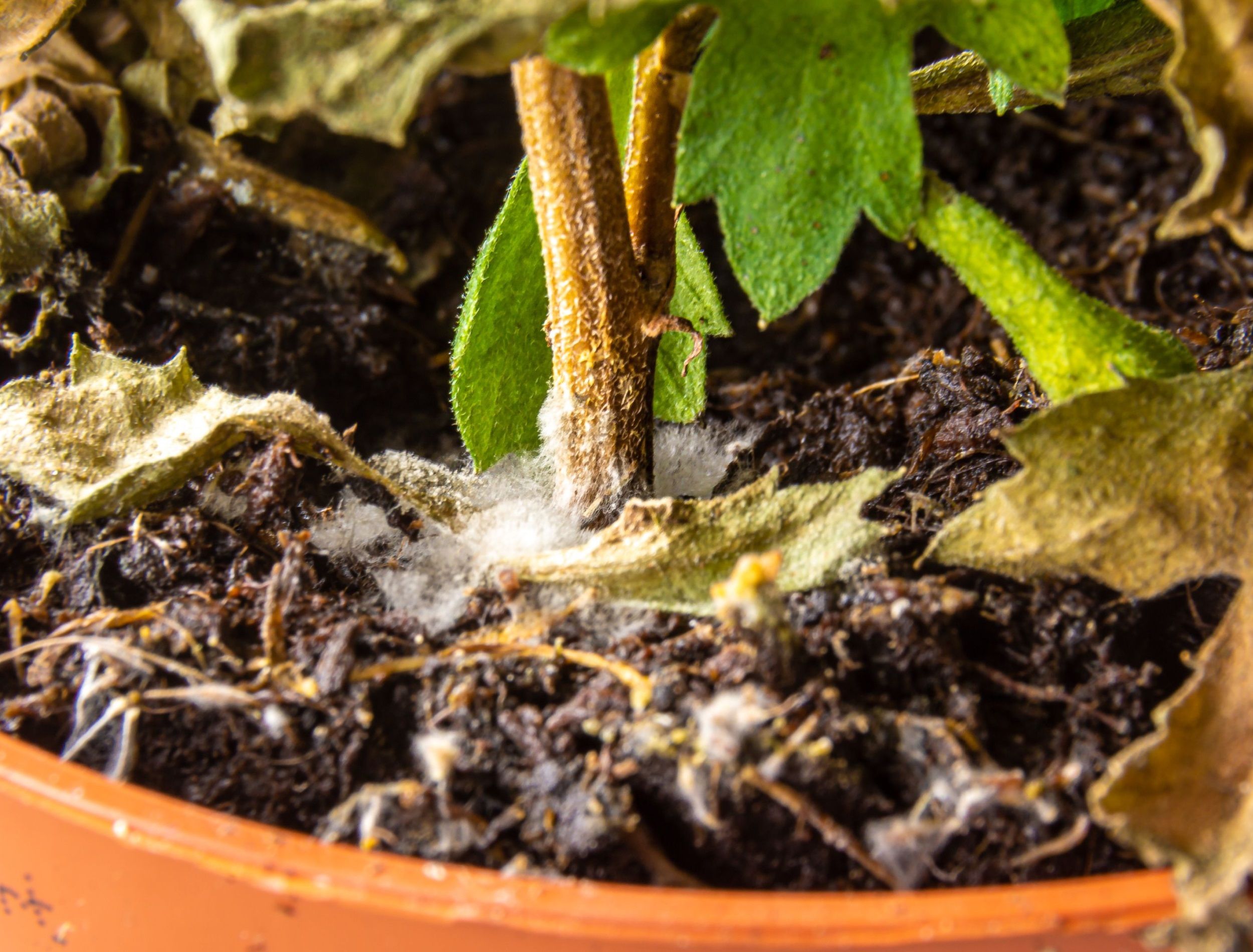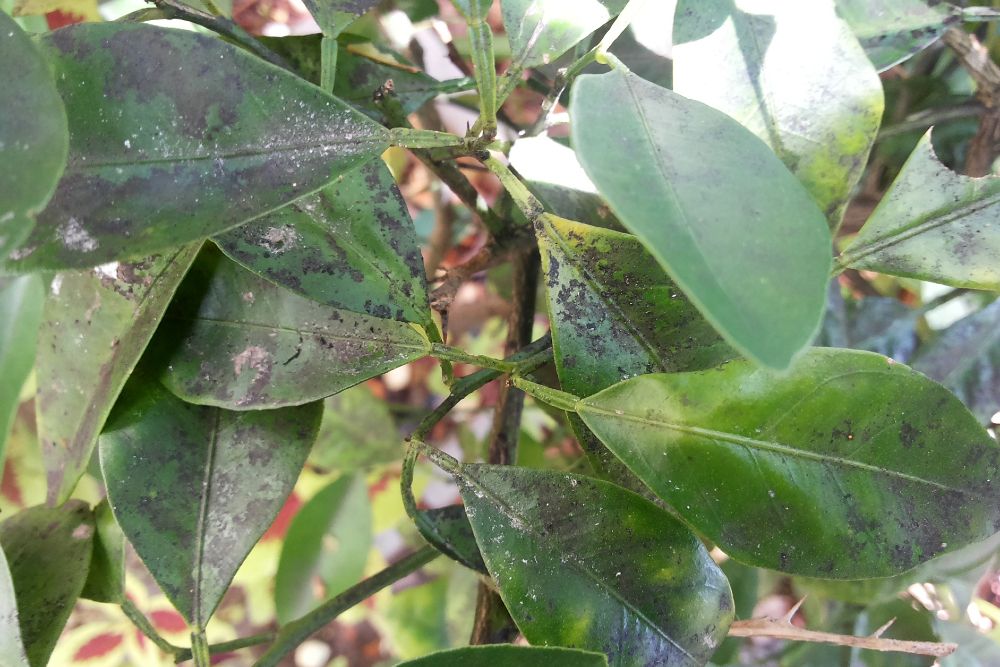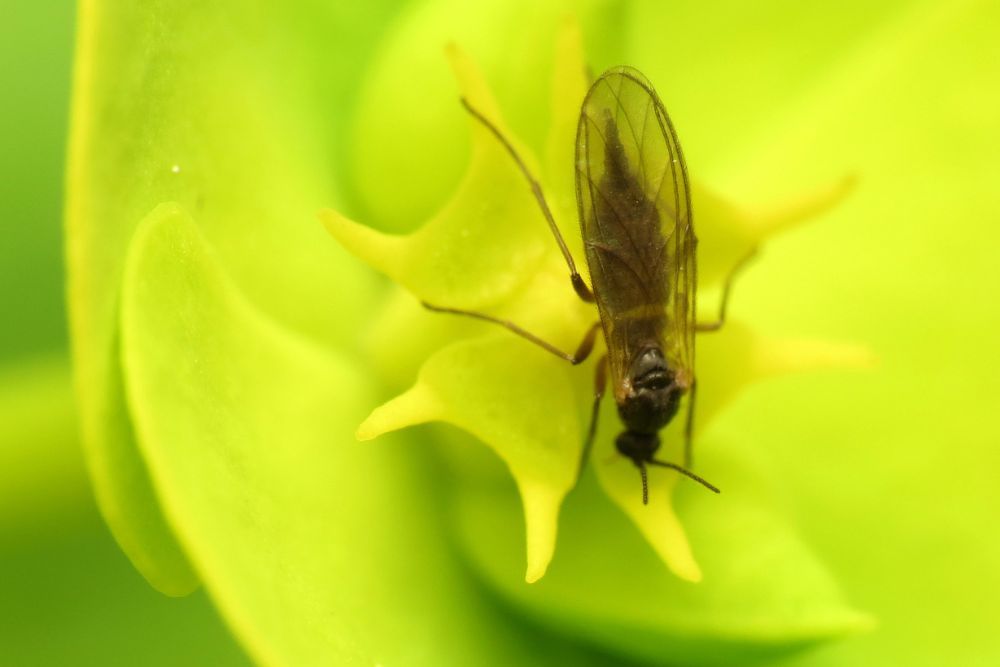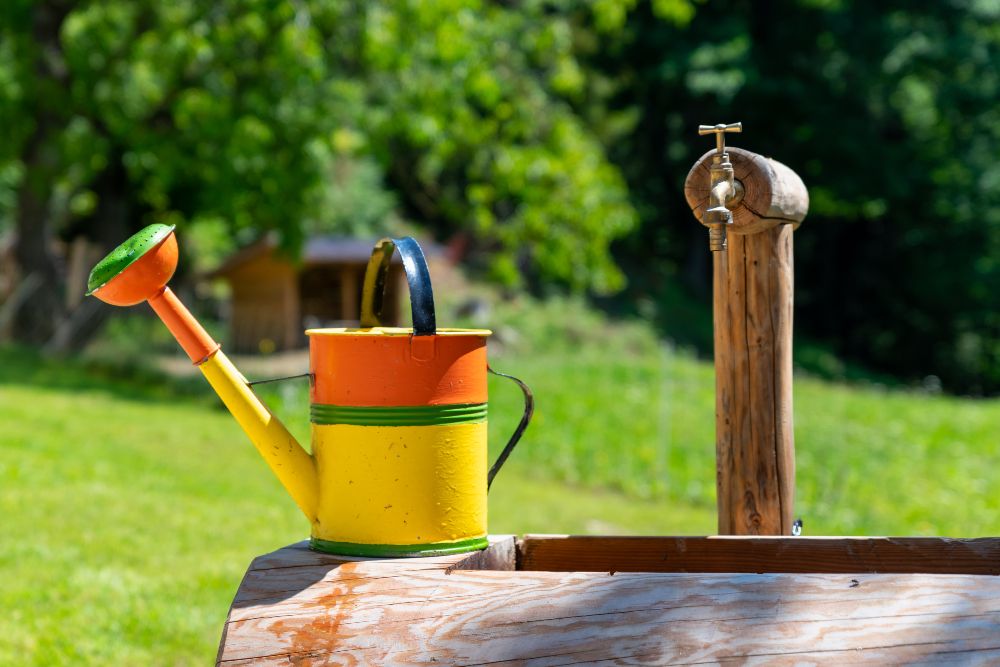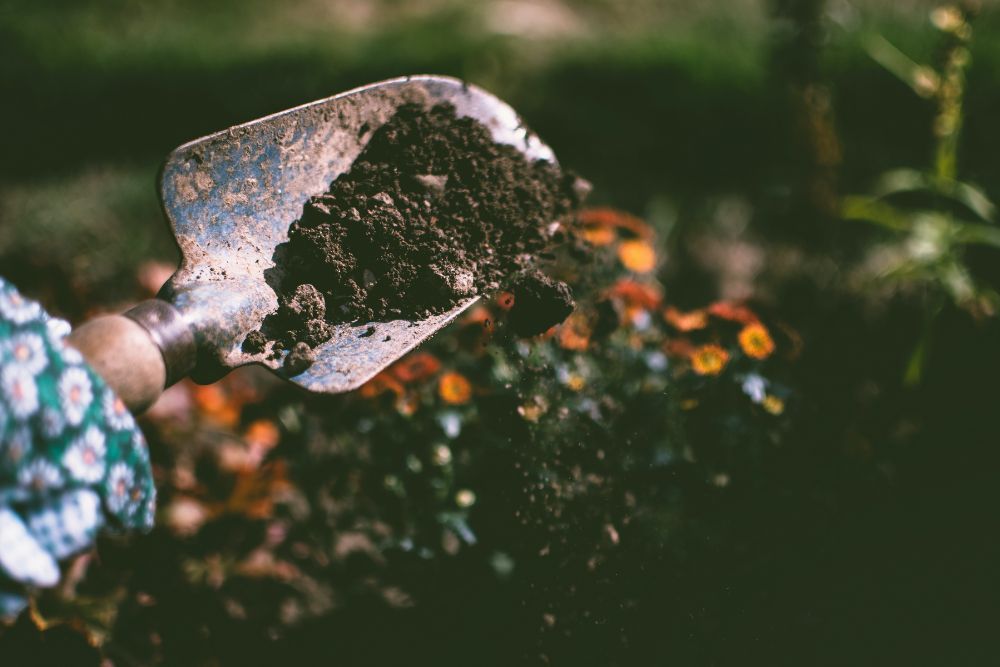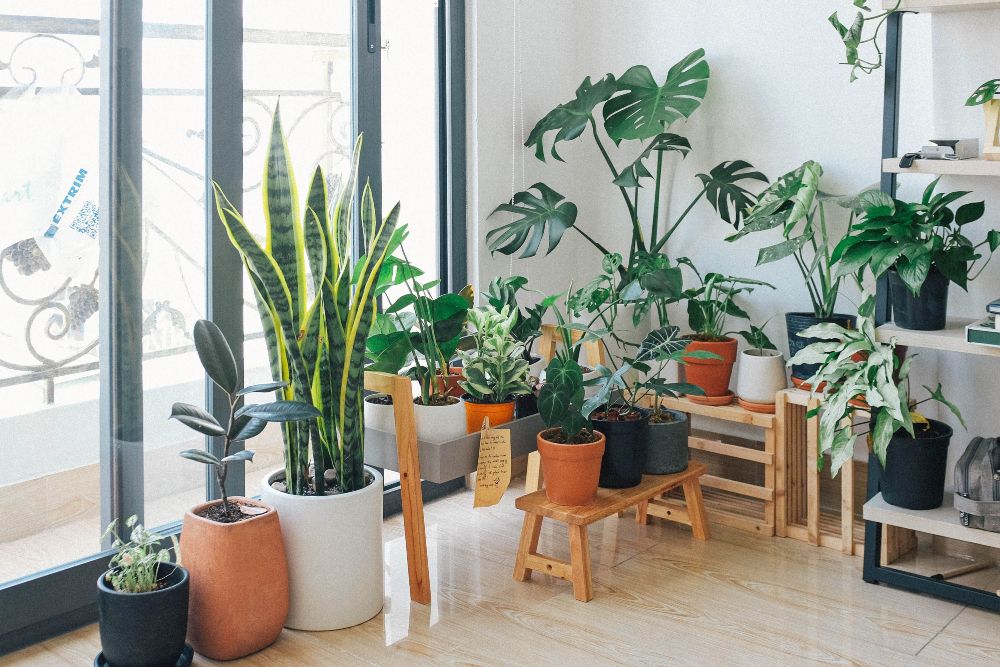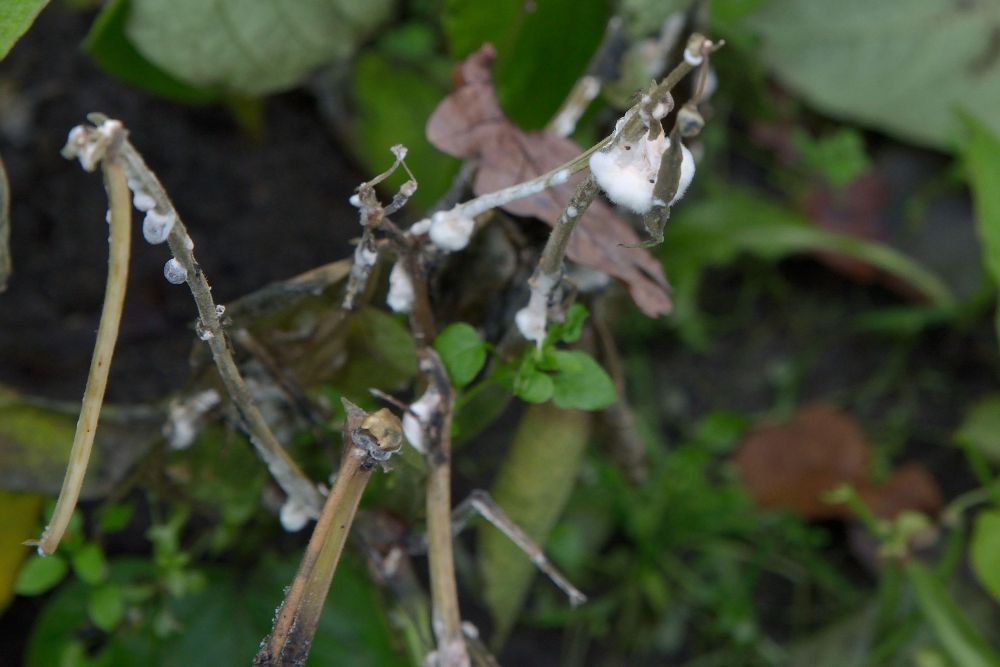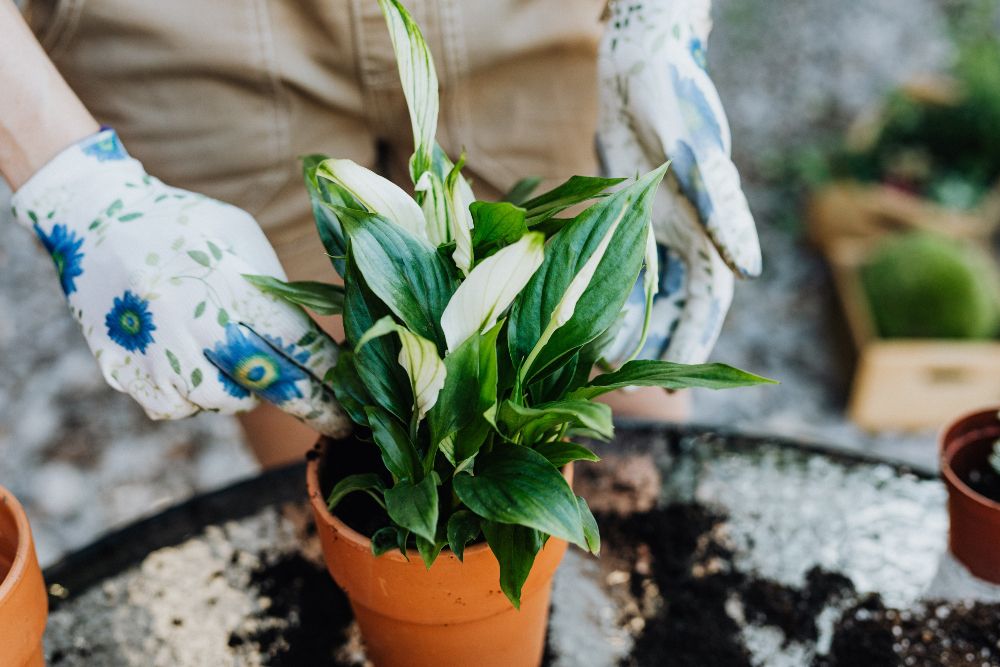Mold is a common problem for gardeners, especially during humid and rainy seasons. If you've noticed white growth on the leaves or soil of some of your indoor or outdoor plants recently, then it might be mold. Not only is this a sad sight but, if left untreated, it may lead to further damage from erosion and rotting. Fortunately, there is an easy way to treat the problem -- cinnamon!
Not only does this sweet spice add a delicious flavor to your favorite recipes, it also treats and prevents the growth of harmful bacteria and fungi.
Discover exactly how you can use this kitchen spice to treat mold on your precious plants!
What You'll Need
Image credits: gefrorene_wand via Pixabay
You don't need much to treat your infected plants:
- Infected plant
- Cinnamon
How to Use Cinnamon to Treat Mold on Plants
Cinnamon is a spice made from the inner bark of trees of the genus Cinnamomum. It has insecticidal, anti-fungal, and anti-bacterial properties that help treat fungus including botrytis cinerea, colletotrichum musae, and fusarium proliferatum.
For Soil Mold
Image credits: Korostylev Dmitrii via Shutterstock
To get started, you'll need some ground cinnamon powder. Sprinkle it generously onto areas with visible mold growth. The recommended amount is about an ⅛ inch layer to ensure maximum effectiveness. Cover the area completely and focus extra attention on severely affected spots.
If the mold persists after your initial cinnamon application, repeat this process until the mold disappears. You may even want to consider adding a layer of mulch or soil on top to help keep the cinnamon in place and prevent it from blowing away.
For Leaf Mold
Image Credits: Scot Nelson via Flickr
Start by ensuring your plant leaves are damp enough for the cinnamon to stick properly. If your plant isn't naturally wet enough, take a spray bottle filled with water and lightly mist the affected area. Once you have sufficiently moistened your leaves, sprinkle a light layer of ground cinnamon over them and let it dry for up to one week.
During this time, the cinnamon absorbs moisture and provides a protective barrier against mold. As it dries out, the mixture also acts as an antifungal agent that helps to inhibit further growth of spores. If you're still worried about your plant after one week, simply repeat the process until you're confident that all the mold is gone.
Cinnamon for Fungus Gnats
Image credits: Katja Schulz via Flickr
Besides treating mold, cinnamon has another super-power. Cinnamon helps prevent and treats fungus gnats in your plants! Fungus gnats are tiny insects that breed in soil. They are sometimes difficult to get rid of and cause damage to your plants by eating away at their roots.
Fortunately, cinnamon is an easy and natural way to eradicate these pesky invaders from your garden or houseplants. All you need to do is sprinkle some ground cinnamon over the top layer of soil in order to discourage the fungus gnat larvae from developing further. The scent of the cinnamon also repels female adult gnats from laying eggs in the soil.
Preventative Measures
In addition to treating your plants with cinnamon, to prevent mold on your plants, there are a few simple steps you can take.
Proper Watering Habits
Image Credits: Robert Hrovat via Unsplash
Start by ensuring that you do not overwater them. Water from the bottom and allow it to fully saturate the soil before stopping. A moisture meter is very helpful for determining when just enough water is present in the soil.
Storing Your Soil
Image credits: Lisa Fotios via Pexels
Secondly, store your soil in a dry and cool place between uses. High-quality soil is better able to resist mold growth than poor quality soils, so invest in good products when purchasing soil mixes or other potting materials.
Ventilation
Image Credits: Huy Phan via Pexels
Good ventilation is also important. Create a ventilated area in your home where you place your plants. Doing so allows air to circulate, reducing humidity, and allowing fresh air to move around them.
Prevent Propagation of Further Mold Spores
Image Credits: Rasbak via Wikimedia Commons
If possible, move the plant outdoors to help prevent further spread of spores in the air indoors. Before bringing it back inside, treat it with cinnamon. Doing so helps remove lingering spores that might cause more problems later on.
Repotting
Image Credits: Karolina Grabowska via Pexels
If your plants have mold, a good place to start is repotting the plant and cleaning the roots of mold spores. Clean your pot thoroughly with a hot mixture of water and vinegar. If spores remain on the container, there will be cross contamination of the new soil, so it's best to throw the pot out and replace it with a new one.
Cinnamon-y Solutions for Moldy Messes
Now that you have learned about the many benefits of using cinnamon to treat mold on plants, put it into action! Taking proactive steps to remove mold from plants helps keep them healthy and robust for years to come. Also, keep an eye out for new signs of mold's presence and take measures to treat it right away.
With these tips in mind, you are now better equipped with the knowledge and tools necessary to tackle mold-related issues with ease. Leave a comment below and share this article with your family and friends if it has been helpful for you.

